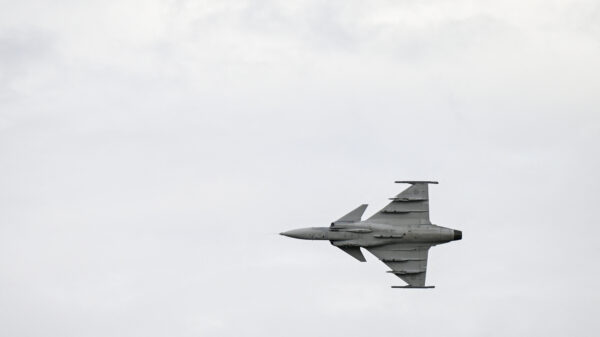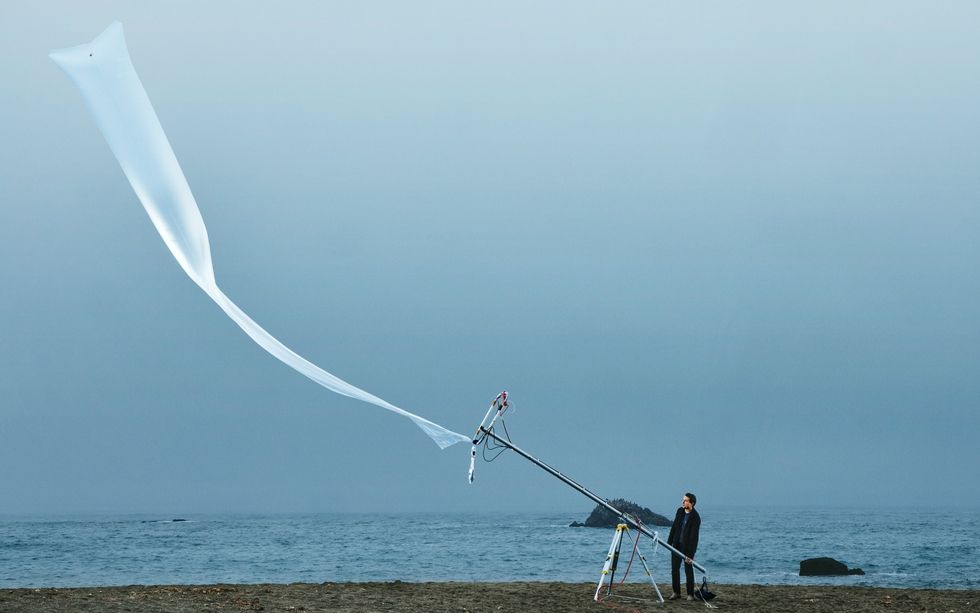In October 2024, Hurricane Milton rapidly intensified, becoming one of the fastest-growing storms on record in the Atlantic Ocean. The storm’s unexpected surge in strength resulted in significant devastation, claiming 15 lives and inflicting damages exceeding $34 billion as it impacted Florida. The lack of timely and accurate weather data contributed to the failure of forecasters to predict Milton’s severity, highlighting a critical gap in meteorological capabilities.
This gap in data is largely due to the limitations of traditional weather forecasting methods, which rely on aircraft deployment to collect vital atmospheric measurements. Missions often require human pilots to navigate into dangerous storm conditions, risking their safety to drop dropsondes—sensors that gather essential weather data. Unfortunately, many storms develop over remote ocean areas, leaving vast regions inadequately monitored.
WindBorne Systems, a company co-founded in 2019 by Andrey Sushko and his peers from Stanford University, is addressing these challenges by utilizing advanced technology to enhance weather forecasting. They have developed a new generation of Global Sounding Balloons (GSBs) that can remain aloft for weeks, significantly improving data collection capabilities compared to traditional weather balloons, which typically operate for a few hours.
Innovative Data Collection Techniques
In the lead-up to Hurricane Milton, WindBorne successfully launched six GSBs from Mobile, Alabama. These balloons, equipped with dropsondes, entered the hurricane and collected critical data on temperature, pressure, humidity, and wind patterns. The information gathered proved to be pivotal and was processed using the company’s AI-based forecasting model, WeatherMesh. Preliminary results indicated that WeatherMesh provided more accurate predictions of Milton’s path than those generated by the U.S. National Hurricane Center.
This deployment marked the first time dropsondes were released from weather balloons, demonstrating a safer, more efficient method of gathering atmospheric data without the inherent risks to human life. Although the results were not shared publicly in real time due to the experimental nature of the launch, the achievement underscored the potential of AI-driven forecasts to outperform traditional models that have dominated meteorology for decades.
WindBorne aims to establish what they term a “planetary nervous system,” a comprehensive AI-based forecasting network that continuously collects and analyzes weather data globally. The system is designed to assist in critical decision-making across various sectors, including national defense, renewable energy, and agriculture. With the escalating frequency of extreme weather events attributed to climate change, WindBorne’s innovations seek to provide timely and reliable forecasts, helping societies better prepare for such challenges.
From Academic Roots to a Global Venture
WindBorne originated from a project within the Stanford Student Space Initiative in 2015. Sushko and his team identified the limitations of conventional weather balloons, which are capable of observing only around 15 percent of the globe. They envisioned a solution that would allow balloons to navigate autonomously, extending their operational duration and geographic reach.
The company’s innovations have resulted in a constellation of GSBs capable of flying for over 50 days at altitudes reaching 24 kilometers. Each balloon is designed to collect significantly more data than traditional dropsondes, thereby enhancing the accuracy of the forecasts generated by WeatherMesh.
Traditional weather forecasting relies heavily on physics-based numerical models, which analyze data from a variety of sources, including satellites and ground stations. However, these models often struggle with incomplete datasets, leading to volatility in forecasts. WindBorne’s AI models, by contrast, can process vast amounts of data more efficiently, producing faster and more accurate predictions.
The early version of WeatherMesh was trained using a cluster of Nvidia RTX 4090 graphics processing units, allowing WindBorne to maintain lower operational costs while achieving superior performance compared to larger competitors like Huawei and Google DeepMind.
As WindBorne progresses, the goal is to expand the balloon constellation to around 10,000 GSBs, achieving near-continuous global observation by 2028. The company envisions a future where AI and traditional forecasting methods coexist, enhancing the accuracy and reliability of weather predictions.
Reflecting on the impact of Hurricane Milton, the progress made by WindBorne exemplifies the potential for technological innovation to transform how weather is monitored and predicted. In an era where timely warnings can significantly mitigate the consequences of severe weather, the advancements in AI forecasting represent a critical step toward safeguarding lives and property from nature’s most formidable forces.







































































